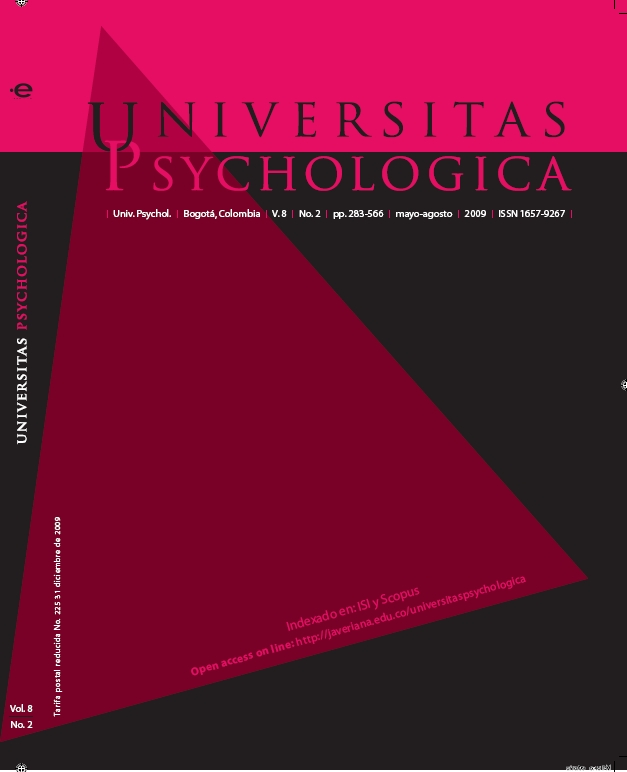Abstract
Since sexual minorities are victims of discrimination, it is possible that teenagers do not accurately report their sexual orientation. There are differences in the frequency of non-heterosexual behavior according to the way it is investigated; however, concordance between these ways has not been explored yet. The objective was to establish the concordance between two ways of researching sexual orientation among students at Santa Marta, Colombia. In this survey, 3575 students participated, 57% were girls, with a mean age of 13.6 (SD=1.9), and mean scholarship, of 8.2 years (SD=1.6). Sexual orientation was established by means of direct and indirect questions. Cohen´s kappa showed concordance beyond chance. Observed concordance reached 76.8%, and Cohen’s kappa, 0.368 (95% CI 0.337-0.399). Concordance between the two ways of asking about sexual orientation was found to be low. Investigation of sexual orientation should include research objectives and result implications as criteriaThis journal is registered under a Creative Commons Attribution 4.0 International Public License. Thus, this work may be reproduced, distributed, and publicly shared in digital format, as long as the names of the authors and Pontificia Universidad Javeriana are acknowledged. Others are allowed to quote, adapt, transform, auto-archive, republish, and create based on this material, for any purpose (even commercial ones), provided the authorship is duly acknowledged, a link to the original work is provided, and it is specified if changes have been made. Pontificia Universidad Javeriana does not hold the rights of published works and the authors are solely responsible for the contents of their works; they keep the moral, intellectual, privacy, and publicity rights. Approving the intervention of the work (review, copy-editing, translation, layout) and the following outreach, are granted through an use license and not through an assignment of rights. This means the journal and Pontificia Universidad Javeriana cannot be held responsible for any ethical malpractice by the authors. As a consequence of the protection granted by the use license, the journal is not required to publish recantations or modify information already published, unless the errata stems from the editorial management process. Publishing contents in this journal does not generate royalties for contributors.


